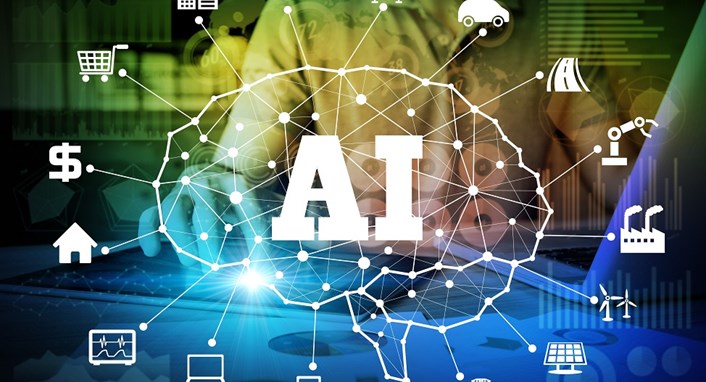
The Role of Artificial Intelligence in Credit Risk Analysis
Credit risk analysis is a critical process for financial institutions in the assessment of the creditworthiness of borrowers and when making informed lending decisions. Traditionally, this analysis involved manual review and evaluation of numerous financial factors.
However, with the advent of new technology, especially Artificial Intelligence (AI), credit risk analysis has undergone a transformation. In this article, we explore the significant role of AI in credit risk analysis and how it is revolutionizing the financial industry.
Automating Data Collection and Processing
AI-powered algorithms can automate the collection and processing of vast amounts of data from multiple sources. This includes financial statements, transaction history, credit reports, etc. By efficiently gathering and analyzing this information, AI enables financial institutions to gain a comprehensive view of an applicant's financial health, leading to more accurate credit risk assessment.
Enhanced Credit Scoring Models
Traditional scores have their limitations, often overlooking crucial factors that impact credit risk.
AI-driven credit scoring models, on the other hand, leverage machine learning to identify complex patterns and relationships within data, resulting in more robust and accurate credit risk predictions. These advanced models can better differentiate between low and high-risk borrowers, ultimately reducing the chances of default and improving overall portfolio performance.
Real-Time Risk Monitoring
AI's real-time risk monitoring capabilities provide financial institutions with up-to-date insights into their borrowers' credit profiles.
This allows lenders to detect early signs of potential default or financial distress, enabling them to take proactive measures to mitigate risk. By continuously monitoring borrower behavior, AI-powered risk management systems provide valuable data for timely decision-making.
Improved Fraud Detection
AI can significantly enhance fraud detection in credit risk analysis.
Machine learning algorithms can identify suspicious patterns and anomalies in transactions, helping financial institutions prevent fraudulent activities and protect their assets. The ability to detect and prevent fraud in real time ensures a more secure lending environment and fosters trust between borrowers and lenders.
Personalized Credit Offers
One of the significant advantages of implementing Artificial Intelligence (AI) in credit risk analysis is the ability to offer personalized credit products to customers. Traditional lending practices often use a one-size-fits-all approach when it comes to credit offers, leading to mismatches between borrowers' needs and the credit products available.
AI-driven credit risk analysis can analyze vast amounts of data, including an individual's financial history, spending patterns, credit behavior and other relevant factors. By leveraging machine learning algorithms, financial institutions can gain valuable insights into each borrower's credit risk profile and financial situation.
With this comprehensive understanding of customers, lenders can tailor credit offers that align with individual needs and creditworthiness. This personalization ensures that borrowers receive credit products that best suit their financial requirements, increasing the likelihood of loan acceptance and customer satisfaction.
Moreover, personalized credit offers contribute to reducing the risk of loan default. By providing borrowers with credit products aligned with their financial situation, lenders can minimize the chances of borrowers facing repayment challenges. This proactive approach helps create a healthier lending environment and strengthens the lender-borrower relationship.
From the customer's perspective, receiving personalized credit offers demonstrates that the financial institution understands their unique financial situation and is willing to offer credit solutions that meet their needs. This level of personalized service fosters trust and loyalty, leading to long-term customer relationships and potential repeat business.


